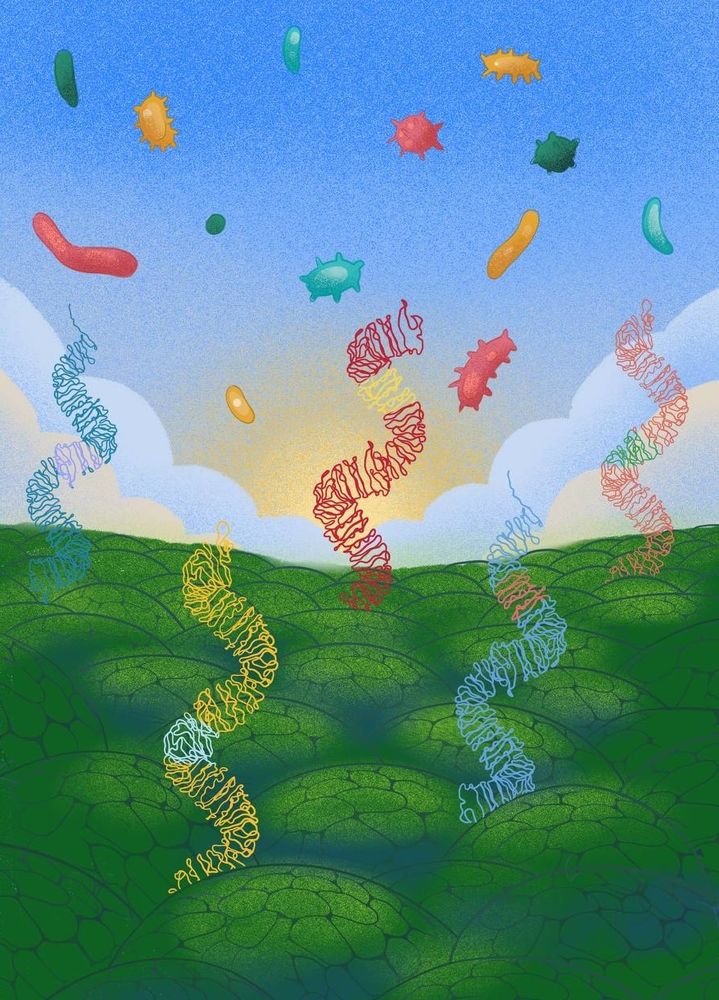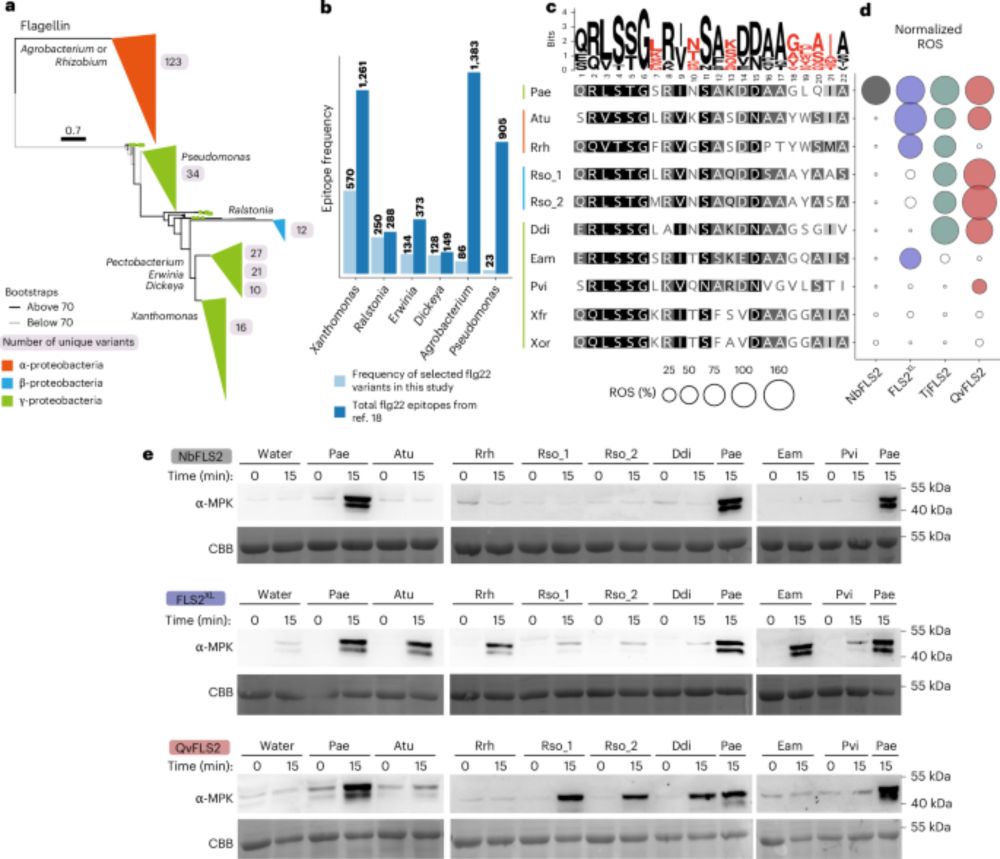I study how plants recognize pathogens and rapidly induce immune responses.
https://scholar.google.com/citations?user=nd77n&user=nd77n7UAAAAJ

#PlantaePSRW

#PlantaePSRW

www.science.org/doi/10.1126/...



www.riken.jp/press/2025/2...
www.riken.jp/press/2025/2...
ttps://www.science.org/doi/10.1126/science.adx2508
ttps://www.science.org/doi/10.1126/science.adx2508
www.science.org/doi/10.1126/...

www.science.org/doi/10.1126/...

#strompath25
#strompath25
▶️ www.nature.com/articles/s41...
#PlantBiology #PlantScience

▶️ www.nature.com/articles/s41...
#PlantBiology #PlantScience
We knew WIND1 promotes new fate acquisition and now we show WIND1 also helps repressing existing identity!
We knew WIND1 promotes new fate acquisition and now we show WIND1 also helps repressing existing identity!
Single-gene-per-cell delivery coupled to an effective transcriptional selection system
www.biorxiv.org/content/10.1...

Single-gene-per-cell delivery coupled to an effective transcriptional selection system
www.biorxiv.org/content/10.1...



Plants can detect parasitic nematodes.
www.science.org/doi/full/10....
Plants can detect parasitic nematodes.
www.science.org/doi/full/10....
Congratulations Erika, Yasu, Ken, and all others involved!
@yasukadota.bsky.social @shirasulab.bsky.social
www.science.org/doi/10.1126/...
Congratulations Erika, Yasu, Ken, and all others involved!
@yasukadota.bsky.social @shirasulab.bsky.social
www.science.org/doi/10.1126/...





